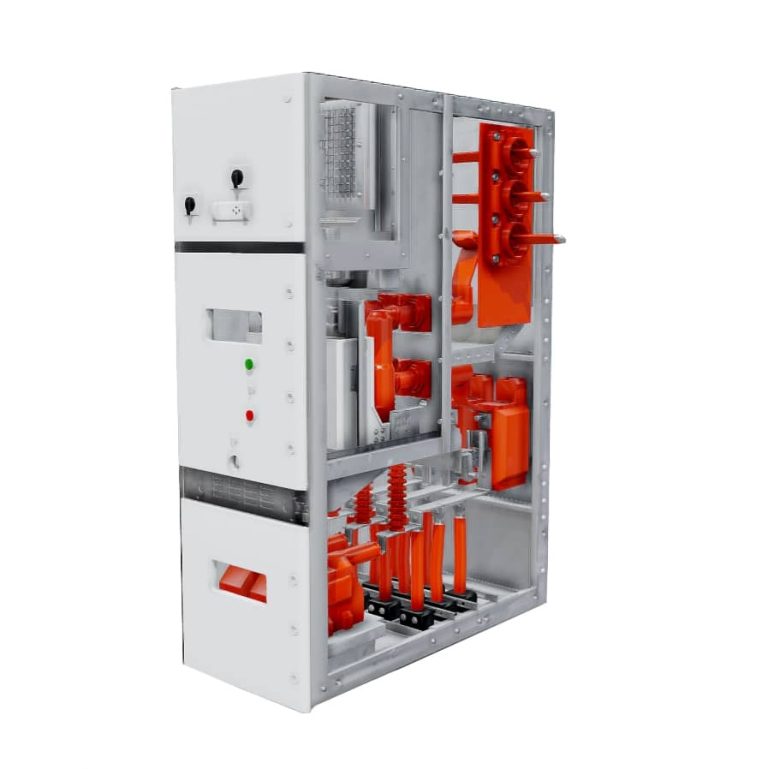
In today’s industrial landscape, the importance of a thorough Environmental Risk Assessment cannot be overstated. As industries continue to expand and evolve, the need for tailored assessments that address specific operational risks has become increasingly critical. A Construction Safety Consultant plays a vital role in this process, ensuring that businesses not only comply with regulations but also prioritize the safety of their workers and the environment.
Understanding Environmental Risk Assessment
An Environmental Risk Assessment is a systematic process used to identify, evaluate, and manage potential environmental hazards associated with industrial operations. This assessment involves analyzing various factors, including the nature of the operations, the materials used, and the surrounding environment. By conducting a comprehensive Environmental Risk Assessment, organizations can pinpoint areas of concern and develop strategies to mitigate risks effectively.
The Role of a Construction Safety Consultant
A Construction Safety Consultant is an expert in safety protocols and regulations, specializing in the construction and industrial sectors. Their expertise is invaluable when it comes to conducting an Environmental Risk Assessment. These consultants bring a wealth of knowledge about industry standards, regulatory requirements, and best practices. By collaborating with a Construction Safety Consultant, organizations can ensure that their Environmental Risk Assessment is thorough and tailored to their specific needs.
Tailoring Assessments to Specific Operations
One of the key advantages of a customized Environmental Risk Assessment is its ability to address the unique challenges faced by different industrial operations. Each facility has its own set of processes, materials, and environmental factors that can influence risk levels. A Construction Safety Consultant can work closely with organizations to develop an assessment that reflects these specific conditions. This tailored approach ensures that all potential hazards are identified and addressed, leading to more effective risk management strategies.
Identifying Potential Hazards
During the Environmental Risk Assessment process, a Construction Safety Consultant will identify potential hazards that could impact both the environment and worker safety. These hazards may include chemical spills, waste management issues, air and water pollution, and more. By thoroughly evaluating these risks, organizations can take proactive measures to minimize their impact. This not only protects the environment but also safeguards the health and well-being of employees.
Compliance with Regulations
Compliance with environmental regulations is a critical aspect of any industrial operation. A Construction Safety Consultant is well-versed in the legal requirements that govern environmental practices. By conducting a customized Environmental Risk Assessment, these consultants can help organizations ensure that they meet all necessary regulations. This compliance not only reduces the risk of legal penalties but also enhances the organization’s reputation as a responsible corporate citizen.

Developing Mitigation Strategies
Once potential hazards have been identified through the Environmental Risk Assessment, the next step is to develop effective mitigation strategies. A Construction Safety Consultant can assist organizations in creating a comprehensive plan that outlines specific actions to reduce or eliminate risks. This may include implementing new safety protocols, investing in better equipment, or providing additional training for employees. By taking these proactive steps, organizations can create a safer work environment and minimize their environmental impact.
Continuous Monitoring and Improvement
An Environmental Risk Assessment is not a one-time event; it requires ongoing monitoring and improvement. A Construction Safety Consultant can help organizations establish a system for regularly reviewing and updating their assessments. This continuous process ensures that any new risks are identified and addressed promptly. By fostering a culture of safety and environmental responsibility, organizations can enhance their overall operational efficiency and sustainability.
The Benefits of Customized Assessments
The benefits of a customized Environmental Risk Assessment extend beyond compliance and safety. By investing in this process, organizations can improve their operational efficiency, reduce costs associated with accidents and environmental damage, and enhance their reputation in the industry. Furthermore, a Construction Safety Consultant can provide valuable insights that lead to innovative solutions and best practices, ultimately driving long-term success.
Conclusion
In conclusion, a customized Environmental Risk Assessment is essential for industrial operations seeking to prioritize safety and environmental responsibility. By partnering with a Construction Safety Consultant, organizations can ensure that their assessments are thorough, tailored, and effective. This collaborative approach not only helps identify and mitigate potential risks but also fosters a culture of safety that benefits both workers and the environment. As industries continue to face new challenges, the importance of a proactive and customized Environmental Risk Assessment will only grow, making it a critical component of successful industrial operations.



